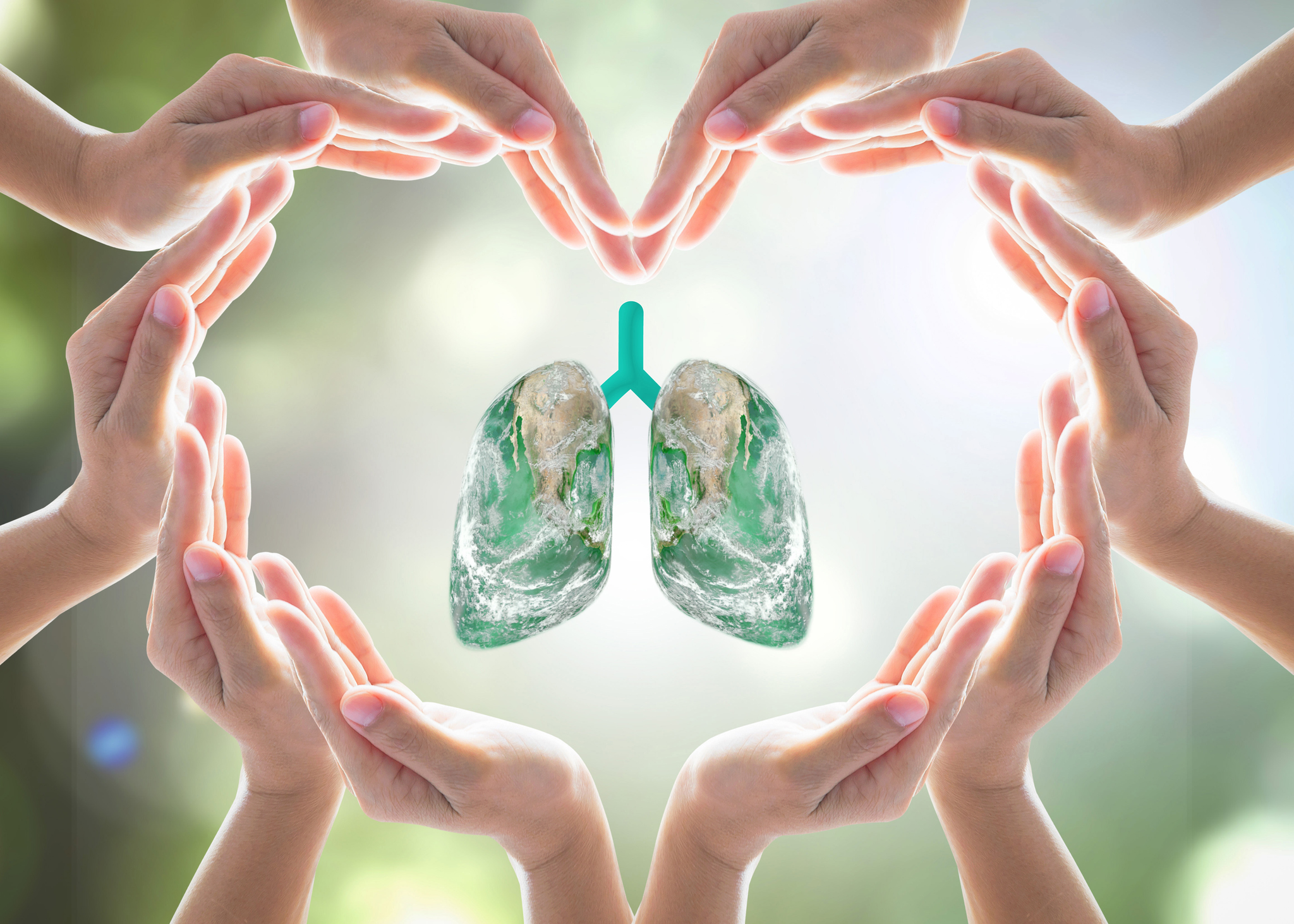
May Is National Asthma and Allergy Awareness Month
May Is National Asthma and Allergy Awareness Month Ten people a day die from asthma. Asthma affects more than 26 million Americans. More than 6 million children under the age of 18 have asthma. More than 50 million Americans have many different types of allergies – pollen, skin, latex and more.
Breathing is life’s most basic, essential function. “For most of us, it happens naturally without a second thought but in the U.S., for millions of people with asthma – of whom 8.4 percent are children under the age of 18 – breathing is not something they can ever take for granted,” said William L. Trager, MD, Sheboygan Pediatric Associates.
Each year, the Asthma and Allergy Foundation of America (AAFA) declares May as National Asthma and Allergy Awareness Month. According to Dr. Trager, “May is the peak season for allergy sufferers because of the prolonged winter snows and a late start to spring causes a substantial increase, of tree and grass pollen.”
There are many factors that increase the risk for someone to be diagnosed with asthma.
- Genetics
- Respiratory infections
- Tobacco smoke
- Air quality
- Pollen counts
- Allergies
“There are other factors, mainly concerning the environment in which a person lives such as poor air quality, access to a healthcare provider, and availability to medicine,” said Dr. Trager. Asthma causes the airways to swell, which narrows the passages that carry air from the nose and mouth to the lungs. “One of the most important things you can do to help manage your asthma is work with your doctor to identify and minimize your exposure to your asthma triggers,” said Dr. Trager. Triggers are allergens, irritants, or conditions that may cause your asthma symptoms to worsen. “If your asthma is severe and uncontrolled, you may experience more asthma-related symptoms and attacks.” However, whether you have mild, moderate, or severe asthma, there may be times you feel your asthma is uncontrolled. “Patients can play a very important role in managing your asthma by pro-actively avoiding triggers, monitoring their symptoms, and following the care plan they developed with their doctor.”
Treatment
Treatment for asthma, whether you are a child or an adult, will most likely include an asthma medication. There are many types of asthma medications; some reduce airway inflammation, while others relax the muscles around the airways to help relieve constriction.
Some medicines are taken daily on a long-term basis, while other medications are taken as needed for quick relief of sudden asthma symptoms, or during periods of worsening asthma. “Talk with your doctor about your treatment plan, make sure you know how to take your medicines correctly and whether there will be any risks or side effects of the medication(s),” said Dr. Trager.
The medication prescribed will depend on the severity of your asthma. “If you are on a long-term control medication, your doctor will, over time, make adjustments based on your level of asthma control,” said Dr. Trager.
Children with Asthma
According to Dr. Trager, there are five important things you can do to help your child manage his or her asthma:
- Talk to your child’s doctor about the Asthma Control Test™, whether it should be taken and at what the age(s).
- Know what your child’s asthma triggers are and how to minimize exposure to them.
- Make sure your child is using the right medication at the right time. Know which medicines are for long-term control and which are for quick relief of sudden symptoms. Also make sure you and your child know how to use each inhaler properly.
- Work with your child’s doctor to create an Asthma Action Plan that explains the steps to take if asthma symptoms worsen and share it with your child’s school and other caregivers.
- Make sure that other caregivers such as sitters, teachers, school nurses, camp counselors, coaches, etc. understand your child’s condition, what his or her triggers are, which medications he or she needs and when, and how the medications should be taken.
“It is also important that you monitor your child’s comfort with his/her medicines and devices and encourage him or her to talk to their doctor about their questions or concerns so they can feel part of their healthcare team,” said Dr. Trager. When your child is old enough to take part in his or her care, it is important for them to understand: His or her asthma triggers and how to minimize exposure to them How to take prescribed asthma medicines and the differences between them His or her Asthma Action Plan and steps to take if asthma symptoms worsen “While there is no cure for asthma, it can be managed with proper prevention of asthma attacks and treatment – people do not have to die from having this disease.”, said Dr. Trager. Sources:



